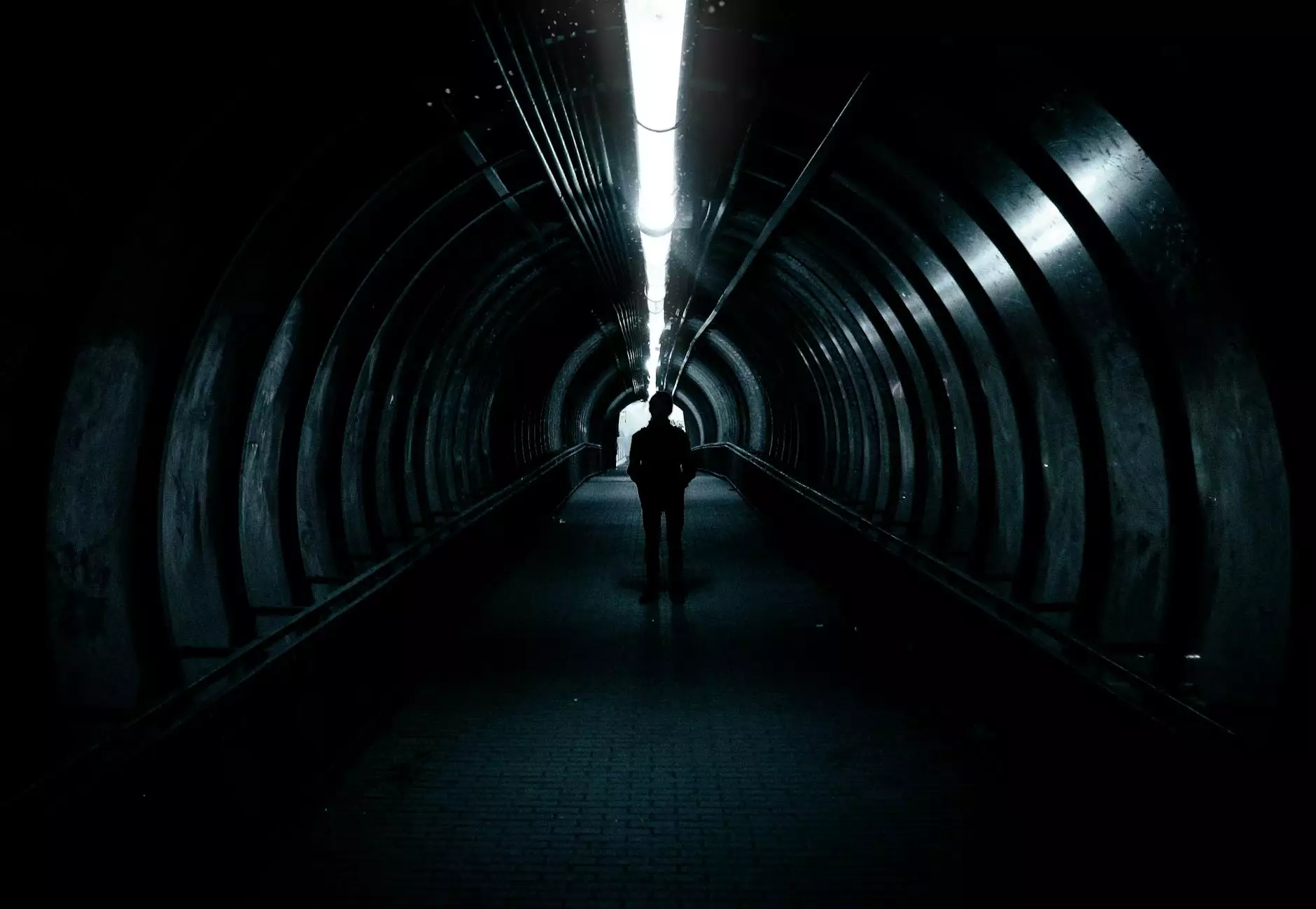Understanding the Industrial Location Model: A Comprehensive Overview

The industrial location model is a critical framework in urban economics and regional planning that analyzes and determines the optimal placement of various industries. This model not only aids businesses in their decision-making processes but also plays a significant role in urban development, especially for architects and city planners who seek to optimize space and efficiency. In this article, we will delve into the intricacies of the industrial location model, its relevance to architects, and how it shapes the dynamics of business locations.
What is the Industrial Location Model?
The industrial location model provides a theoretical basis for understanding where industries should be situated to maximize their operational efficiency. It considers several factors including transportation costs, labor availability, land costs, and proximity to raw materials. Core theories include:
- Alfred Weber’s Least Cost Theory: This classic model asserts that the location of an industry is determined by minimizing costs related to transportation, labor, and agglomeration.
- Christaller's Central Place Theory: This model outlines how cities grow and develop around central locations based on market areas and the provision of services.
- Losch’s Model of Market Areas: This model extends from Central Place Theory and emphasizes the competition among businesses for market share.
Together, these theories provide valuable insights into the decision-making process of where industries should be located.
The Importance of the Industrial Location Model for Architects
For architects, understanding the industrial location model is essential when planning developments that cater to various industries. Here are a few reasons why:
- Site Selection: Architects need to consider site selection that aligns with the business strategies outlined in the industrial location model. This includes evaluating accessibility, infrastructure, and zoning laws.
- Design Efficiency: Knowledge of the industrial location model allows architects to design buildings that maximize operational efficiency, taking into account factors such as workflow and spatial organization.
- Sustainability Practices: An understanding of industrial locations can help architects incorporate sustainable practices and energy-efficient designs that minimize environmental impact.
- Economic Viability: By correctly placing buildings in accordance with the industrial location model, architects can ensure that their projects are economically viable, catering to the needs of both clients and communities.
Key Factors Influencing the Industrial Location Model
The industrial location model emphasizes multiple factors that influence industrial placement. Understanding these factors allows businesses and architects to make informed decisions:
1. Transportation Costs
One of the primary considerations within the industrial location model is transportation costs. Proximity to major transportation networks such as highways, railroads, and ports can significantly affect an industry's operational efficiency.
2. Labor Availability
The availability of skilled labor is another critical aspect. Locations that boast a workforce with the necessary skills can attract industries that require specialized labor, thus increasing competitive advantage.
3. Land Costs and Zoning Regulations
Land prices vary greatly depending on location. The industrial location model suggests that businesses will favor locations where land costs are lower, provided that all other variables are favorable. Zoning regulations must also be considered as they can greatly restrict or facilitate industrial activity.
4. Proximity to Raw Materials
Industries that require specific raw materials are more likely to locate near these resources to reduce logistics costs. The industrial location model emphasizes this to ensure that companies operate efficiently.
5. Market Access
Being close to the market can influence the location of businesses. Companies benefit from locating near their primary customer base to reduce delivery times and maximize service effectiveness.
Real-World Applications of the Industrial Location Model
Many businesses today leverage the industrial location model to optimize their operations. Here are some real-world applications:
1. Manufacturing Plants
For manufacturing plants, assessing factors such as transportation costs and labor availability is essential. Decisions made based on the industrial location model can lead to increased efficiency and productivity.
2. Logistics and Distribution Centers
Logistics companies place significant emphasis on the industrial location model to determine optimal locations for distribution centers, influencing their ability to serve consumers promptly and cost-effectively.
3. Technology Hubs
In today's digital age, technology hubs are rapidly emerging. Companies often align their location decisions with universities and skilled labor pools to enhance innovation and collaboration.
4. Retail Establishments
Retailers leverage central place theory to determine the most effective locations for stores, analyzing competition and market areas to ensure they meet customer needs efficiently.
Challenges in Implementing the Industrial Location Model
While the industrial location model serves as an invaluable tool, its implementation is not without challenges. Some of the key challenges include:
- Dynamic Market Conditions: Rapid changes in market conditions, including economic fluctuations and consumer behavior shifts, can complicate the application of the model.
- Technological Advances: New technologies often change the landscape of industry location, necessitating continuous adaptation of existing models.
- Environmental Considerations: As sustainability becomes increasingly important, industries must integrate environmental considerations into their location strategies, which can conflict with the traditional models.
- Regulatory Frameworks: Government regulations and policies can significantly impact industry placement, requiring businesses to navigate complex legal and bureaucratic landscapes.
The Future of Industrial Location Models
As we move towards a more integrated global economy, the industrial location model will continue to evolve. Key aspects shaping the future include:
1. Globalization
With businesses extending their operations across borders, understanding global market dynamics becomes crucial. The industrial location model must adapt to these changing patterns of globalization.
2. Technological Innovations
The rise of automation, artificial intelligence, and remote work is transforming traditional industrial models. These innovations require a rethinking of how and where industries operate.
3. Sustainability
A focus on sustainability and green practices will influence how industries choose locations, demanding collaboration between architects and businesses to create eco-friendly industrial spaces.
4. Urbanization
As cities grow, industries must adapt to the urban environment by leveraging smart planning and infrastructure development to maximize accessibility and minimize disruptions.
Conclusion
In conclusion, the industrial location model is an essential tool for both businesses and architects alike. It provides a structured approach to understanding the factors that influence where industries should ideally be situated. By leveraging this model, stakeholders can make informed decisions that enhance operational efficiency, economic viability, and sustainability. As we look to the future, adapting to new challenges and changes in the market will be crucial in ensuring the continued relevance of the industrial location model.
For architects wanting to thrive in today's competitive landscape, a deep understanding of the industrial location model will empower them to create designs that align with business needs while contributing to efficient urban development.









